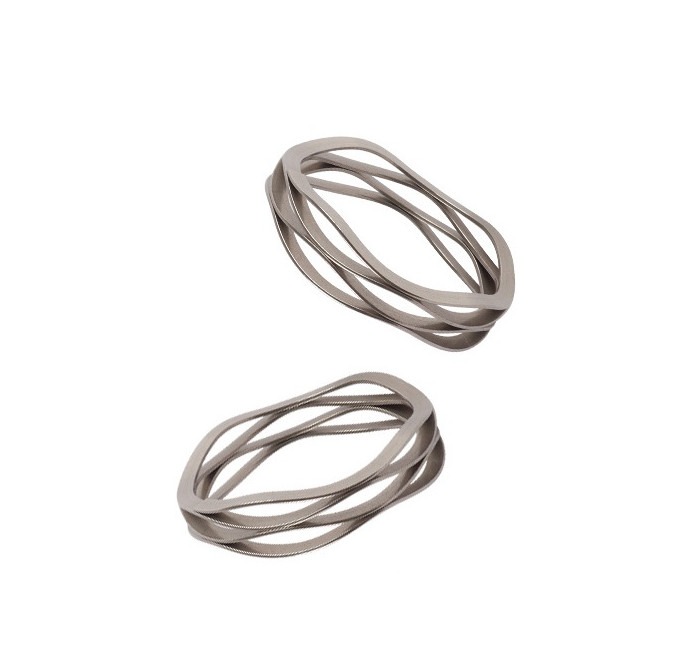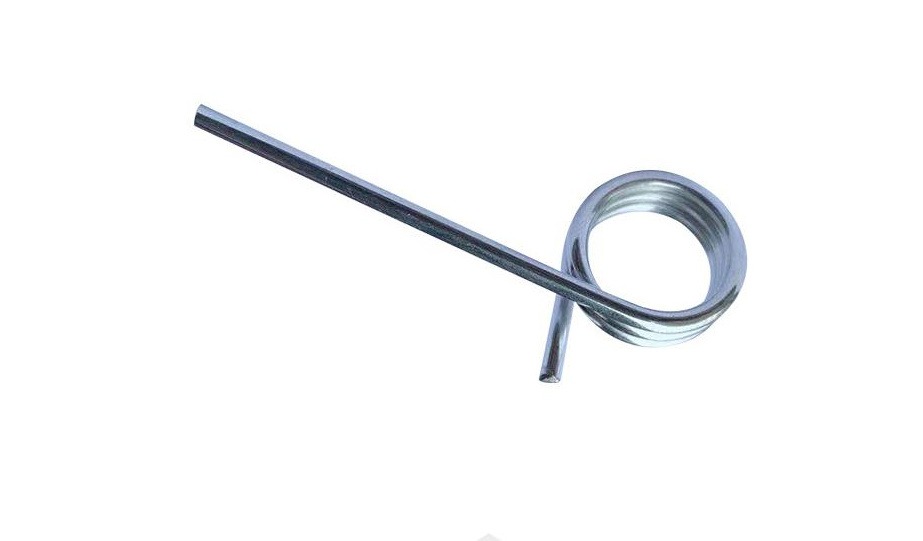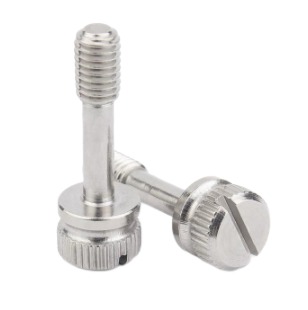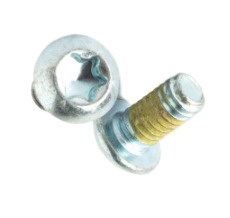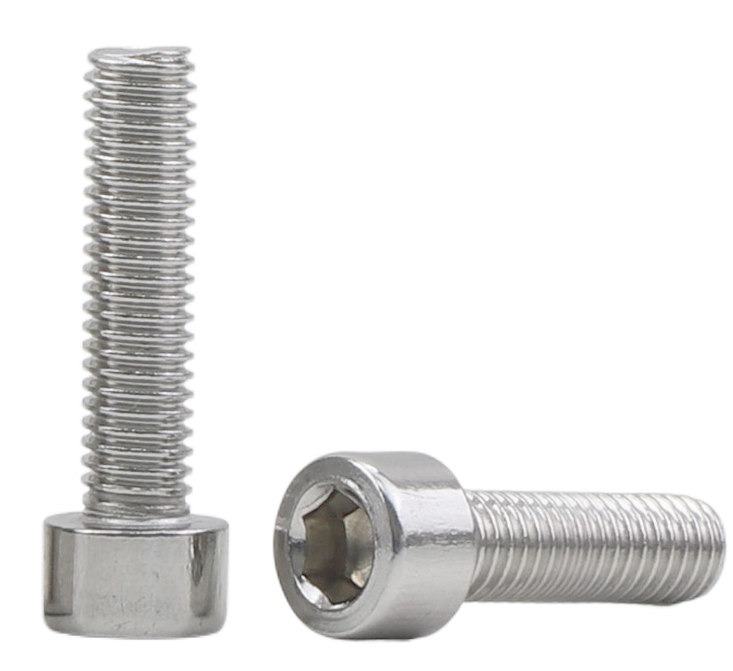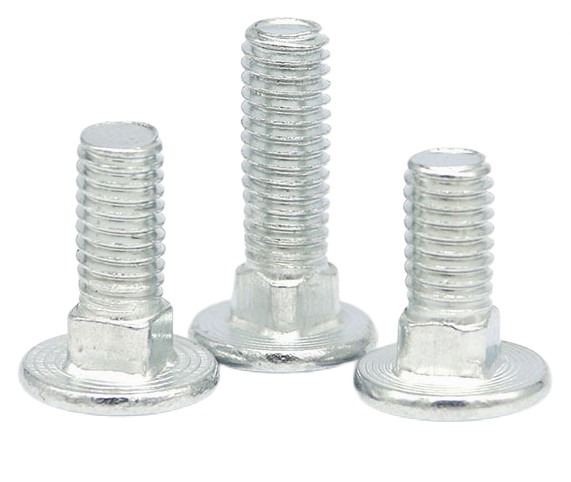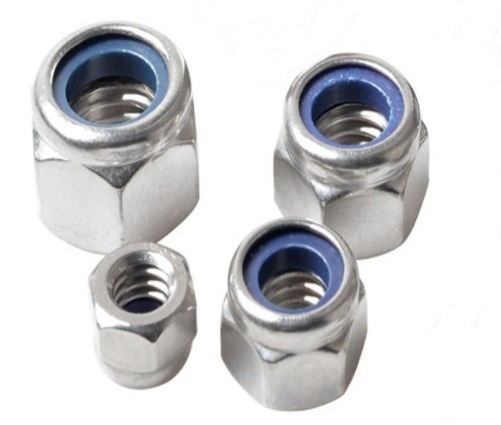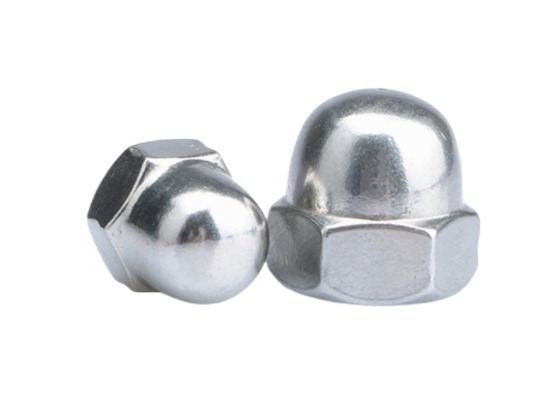Exploring the 9 Major Plastic Injection Molding Technologies and Their Remarkable Features
Plastic injection molding has revolutionized the manufacturing industry, enabling the production of complex and precise plastic components used in various sectors. This article delves into the nine major plastic injection molding technologies and highlights their distinctive characteristics, applications, and benefits. By understanding these techniques, injection molding manufacturers can enhance product quality, optimize production processes, and achieve cost-effectiveness.

Gas-Assisted Injection Molding (GAIM)
GAIM utilizes high-pressure inert gas to assist in the injection molding process. By injecting gas when the plastic is adequately filled (around 90% to 99%), the gas propels the molten plastic to fill the remaining mold cavities. This emerging technology offers several advantages, including reduced residual stress, minimized warping issues, elimination of sink marks, decreased mold locking force, material savings, shortened production cycle time, extended mold life, and reduced machine wear. GAIM is particularly suitable for producing products with significant thickness variations, such as tubular and rod-shaped items, as well as complex parts with varying thicknesses.
Water-Assisted Injection Molding (WAIM)
WAIM is an auxiliary injection molding technique developed based on GAIM. It replaces the inert gas with water as the medium for purging, melt penetration, and pressure transmission. Compared to GAIM, WAIM offers several advantages. Water has a higher thermal conductivity and heat capacity than nitrogen gas, resulting in shorter cooling times and reduced cycle times. Additionally, water is more cost-effective and can be recycled. It provides uniform wall thickness and prevents the occurrence of finger effects, resulting in smooth inner surfaces of the molded products.
Precision Injection Molding
Precision injection molding is a specialized technique used to produce high-quality plastic components with stringent requirements for dimensional accuracy, surface quality, and internal consistency. These molds can achieve dimensional tolerances as low as 0.01mm, with some reaching micro-level tolerances. The key features of precision injection molding include high dimensional accuracy within tight tolerances, excellent repeatability of part weight, high-quality mold materials, precise temperature control, optimized molding cycles, and the use of advanced injection molding machines. It finds extensive applications in the production of components for computers, smartphones, optical discs, and other microelectronic devices that demand exceptional quality, dimensional precision, and surface finish.

Micro Injection Molding
Micro injection molding is a specialized technique used to produce extremely small plastic parts. The process requires highly precise control of process parameters, such as metering, temperature, and pressure. The precision requirements are stringent, with measurement accuracy down to milligrams, temperature control within ±0.5°C for the barrel and nozzle, and mold temperature control within ±0.2°C. Micro injection molding offers simplicity in process, stable part quality, high production efficiency, low manufacturing costs, and ease of batch production and automation. It finds widespread applications in micro-pumps, valves, micro-optical devices, biomedical instruments, and microelectronic products.

Microcellular Injection Molding
Microcellular injection molding, also known as foam injection molding, introduces a foaming agent into the molten plastic to create closed-cell microfoam structures. This technology overcomes the limitations of traditional injection molding, allowing significant weight reduction, shorter cycle times, reduced clamp force requirements, low internal stress and warpage, high dimensional stability, and large molding windows. Microcellular injection molding has become increasingly important in producing high-precision and costly products, making it a crucial direction in the development of injection molding techniques.
Vibration Injection Molding
Vibration injection molding involves the application of a vibration field during the molding process to control the polymer’s condensed structure, thereby improving the mechanical properties of the molded parts. By introducing controlled vibrations, the resin molecules align themselves more efficiently, resulting in enhanced mechanical properties such as improved strength, stiffness, and impact resistance. Vibration injection molding is particularly beneficial for parts that require high structural integrity, such as automotive components, electrical enclosures, and consumer electronics. The technique also helps reduce molding defects like sink marks, voids, and warpage, leading to higher productivity and cost savings.
Multi-Component Injection Molding
Multi-component injection molding, also known as two-shot or multi-shot injection molding, enables the production of complex parts with different materials or colors in a single molding cycle. This technique involves injecting multiple materials or colors into the same mold to create integrated components with various functionalities. It offers several advantages, including reduced assembly steps, improved part consistency, enhanced design flexibility, minimized material waste, and overall cost savings. Multi-component injection molding finds applications in the automotive industry for producing multi-color interior trim components, medical devices with integrated seals, and consumer products with soft-touch grips.

Insert Injection Molding
Insert injection molding involves placing metal or plastic inserts into the mold cavity before injecting molten plastic. The inserts can be threaded fasteners, electrical components, or even other pre-molded plastic parts. This technique allows for the integration of different materials and functions into a single part, offering enhanced strength, improved heat resistance, and increased design possibilities. Insert injection molding is widely used in the production of electrical connectors, automotive components, and medical devices where metal inserts are required for added durability and stability.
Co-Injection Molding
Co-injection molding, also known as sandwich molding or multi-material injection molding, is a technique that injects multiple materials simultaneously to create a composite structure. It involves the use of a primary material for the core or bulk of the part and an outer layer of a different material for improved aesthetics, functional properties, or cost savings. Co-injection molding offers advantages such as reduced material costs, improved part performance, enhanced design possibilities, and simplified manufacturing processes. It finds applications in the production of packaging materials, consumer goods, and automotive components.

Conclusion
The 9 major plastic injection molding technologies discussed above have revolutionized the manufacturing industry, offering a wide range of capabilities to produce complex, precise, and high-quality plastic components. Each technique has its own unique features, applications, and benefits, enabling manufacturers to optimize their production processes, enhance product performance, and achieve cost-effectiveness. By understanding these technologies, injection molding manufacturers can leverage their strengths to meet the ever-increasing demands for innovative and reliable plastic products across various industries. As the field of plastic injection molding continues to advance, further advancements in technology are expected, leading to even more exciting possibilities and opportunities for manufacturers in the future.

